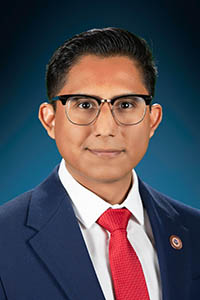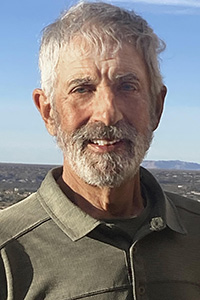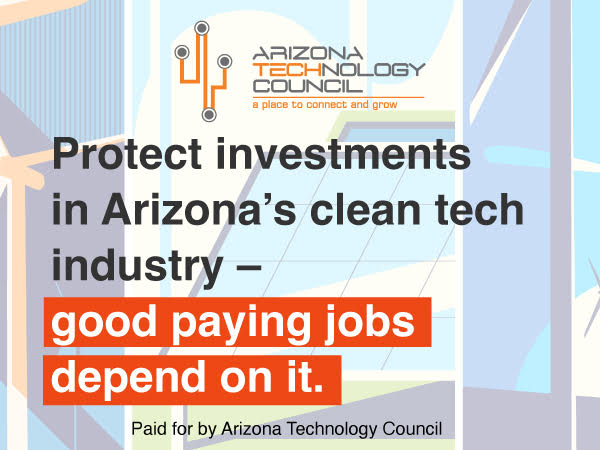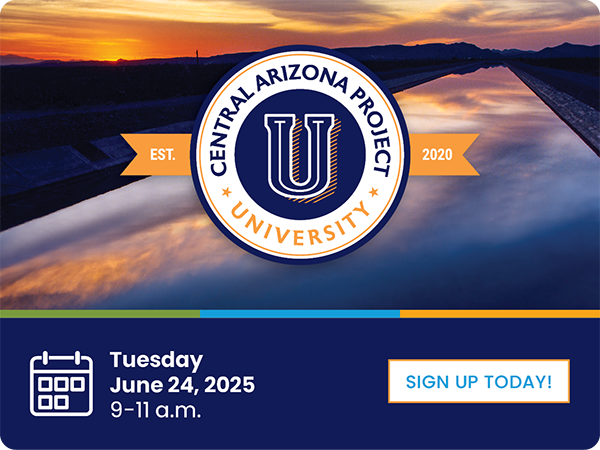Linley Wilson, general counsel and deputy chief of staff for Arizona House Republicans, joined ahead of the 2022 session as the Legislature made it a more standard practice to wade into legal battles to defend state law.
Now, after three years, Wilson is leaving her post to join the political and election law firm Holtzman Vogel. Carrying legislative expertise and a background at the Attorney General’s Office, Wilson hopes to leverage her experience with constitutional issues and with the firm’s new State Attorneys General practice, with a focus on clients facing investigation and enforcement by state attorneys general.
Her first day was Oct. 21. But before leaving, Wilson spoke with the Arizona Capitol Times, reflecting on her work in the Legislature, her passion for state government and the work ahead in private practice.
Answers have been lightly edited for clarity.
What has been your career path so far?
My entire career has been spent in state government. I’ve had the honor of working in all three branches of state government in Arizona, and I’ve loved my career in public service. I spent over a decade at the Arizona Attorney General’s Office under Republican leadership, and I was thrilled when this opportunity became available to me at the Arizona House of Representatives. I’ve now spent three legislative sessions here, and I’m really proud of all of the work that the House has accomplished. We’ve taken a larger role in litigation, which you may have noticed over the past few years. We have extensively defended the constitutionality of state laws passed by the Legislature over the years, when challenged in state and federal courts. Really, it’s been a highlight of my career to be at the Legislature.
What have been your biggest takeaways from your time at the Legislature?
Personally, the insight into the legislative process and policy decisions that our elected leaders make on a daily basis on issues of statewide importance, just gave me a very deep appreciation for how state government works. I think that will translate really well to the private sector just in general. And of course, on the types of cases that I’ll be working on at Holzman Vogel.
To be an effective litigator or legislator, you have a good understanding of how the legislative process works in any state. It’s one thing to talk about the separation of powers, but to truly be firsthand and see how laws are made and why they’re important, and that this body has collectively decided that this should be the policy for Arizona, I think, as transitioning now to be a litigator at the firm, I think that background is critically important when we are litigating constitutional rights — interpreting the Arizona and the federal constitutions. I’m so thankful that I’ve had that experience to bring with me into the private sector.
What have you been most proud of during your tenure at the Legislature?
I’m really proud of the work on the Secure the Border Act that was referred to voters last year, which the voters passed on the ballot. The Legislature recently prevailed in court. It was challenged, and the legislative leadership intervened to defend it. The lawsuit was just dismissed there this week. So I think that really reflects the will of the voters. And border security is obviously so important for Arizona. So I really enjoyed working on that legislation.
Another one that stands out to me is the election timeline bill … Representative Kolodin sponsored the bill, and it was really important to put up some of Arizona’s deadlines for when certain election processes had to take place … I think that’s another really great accomplishment of the Legislature in the past couple of years.
What do you make of the Legislature more actively defending state laws in court?
That’s probably my proudest accomplishment. The Legislature just had another ruling come out of the Arizona court reaffirming that the Legislature has standing in court to bring claims if the House and the Senate believe that its institutional powers or authority under the Arizona Constitution is being violated by another actor, an executive branch or in intervening to defend interests of the House and Senate when a law isn’t being defended in court.
We’ve certainly taken the lead in the last few years. And that’s important, because those are laws that have been on the books. Prior Legislatures passed those laws, and I do believe it’s a duty of the Arizona attorney general to defend them in court when they’re challenged, and certainly that was my experience when I worked under Republican leadership at the Arizona Attorney General’s Office.
I think it’s important for the judicial system, too, for judges to have an adversarial process when a law is challenged in court. I don’t think judges want just a one-sided presentation of the facts and the law, and so it’s a valuable part that the Legislature played in that in litigation over the last few years. I just think it’s good for the entire system that that authority exists for the Legislature to step in when the attorney general, for whatever reason, decides that she doesn’t want to defend the law.
What kind of cases and issues are you going to be focused on in this new role?
I’m obviously excited to contribute to the firm’s appellate practice. So that’s something I’m really looking forward to. And litigation of constitutional rights. The cases that involve emerging technology and privacy interests are really fascinating.
Fundamentally, those issues will continue to emerge in the courts when you think about AI technology. And in Arizona, privacy interests are even more protected than they are at the federal level. So I think those issues are really fun to litigate, and they’re just very important all around for Arizonans. And again, that goes to the protection of constitutional rights.
While I was at the Attorney General’s Office, I was also involved in election integrity matters. I’m looking forward to gearing up for the election next year and expect that the firm will be involved in a fair amount of election litigation.
Why Holtzman Vogel?
I really admired the work that they’ve been involved in. To me, it really is very unique to come in at a time when the Phoenix office is still in a growth unit. So it’s really just an outstanding opportunity to help grow the direction of the Phoenix firm and even just bolster all of those areas that have already aligned with my background really well.
In a more existential sense, why do you think your work in public policy, and now in private practice, is important?
When we’re discussing constitutional rights and making arguments to set a precedent in Arizona for how courts will need to uphold and reflect additional rights in various contexts, I can’t imagine more rewarding work than that.
That’s why I’ve done this type of work for so long, and why I’m so excited to join the firm. As a lawyer in this space, I just find it incredibly rewarding to be talking about constitutional rights and doing whatever we can to protect them.
What would be your advice for your replacement in the House?
The job requires creativity, sometimes an open mind, and certainly a collaborative attitude and great communication skills. And it’s just incredibly fun. I look back on my time here and truly enjoyed being the general counsel for the Republican majority. I had the ability to meet all the elected leaders throughout the state, reach their goals, and create a good product for the people of Arizona. It’s really unlike any other job. I guess I would tell the next person to keep an open mind, to be supportive in this role, and help essentially write laws for the state that would be long lasting and be so important in years to come.
What guides you in this work?
My husband and I have two children, and they’re nine and 11 now. They’re being raised in Arizona. Of course, through my line of work, I think of them, and I think about the future that we’re creating in Arizona. And of course, that’s always my motivation and my guiding star.
What is something the average person might not know about you?
My interest these days is being a soccer mom. Both of my kids play competitive soccer. And to bring it back briefly, to how that relates to my job, is that it comes to mind that when the speaker and the president intervene to defend Arizona’s Save Women’s Sports Act … that really hit home for me, because I have a nine year old daughter who plays in a competitive sport. I just think fundamental fairness in girls sports is so important because I see it, you know, in my own life.
And so those issues do really hit home for me … I’m a soccer mom. I’m usually running kids around to soccer practice at least a few times a week … We just really enjoy this phase of life with them. They’re wonderful kids, and they keep us young.
































